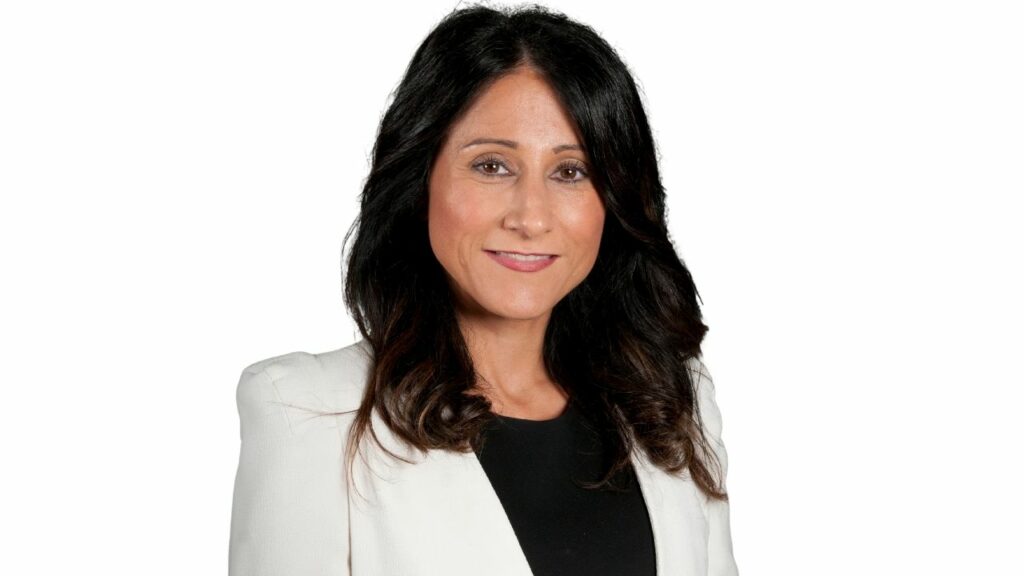Inner city Brisbane’s vacancy rate has dropped below one per cent for the first time in a decade, with several areas in the Sunshine State having almost no available rental properties.
The latest Real Estate Institute of Queensland (REIQ) data for the September quarter showed Inner City Brisbane’s vacancy rate dropped from one per cent in the June quarter to a record low of 0.8 per cent.
It’s the first time this particular market has fallen below one per cent in a decade.
This could be due to workers returning to the city and looking for housing in the post-Covid era.
Queensland’s overall vacancy rate sits at 0.6 per cent.
REIQ Chief Executive Officer Antonia Mercorella said a healthy vacancy rate sits between 2.6 per cent and 3.5 per cent.
The tightest vacancy rates in the state are in Goondiwindi, Southern Downs and South Burnett, which all have a 0.1 per cent vacancy rate.
“These statistics aren’t just numbers, they tell a story about how challenging it is for people struggling to find a home,” Ms Mercorella said.
“While I wish I could tell these people that we can see light at the end of the tunnel for them, the sad reality is that renters could be enduring this tight market for some time.
“In Queensland, the average household size has reduced to only 2.5 persons per dwelling, which has put extra strain on our housing supply – and that’s even before looking at the extraordinary external pressures from high levels of migration, and immigration to come.
“We know there are various obstacles which have been holding back our state’s housing supply and pathways to home ownership.
“This is what needs to be rectified in order to restore some balance to the market and address the true cause of the crisis – while also finding remedies for the symptoms.”

Along with Brisbane’s inner city suburbs, Caloundra, South Burnett and Whitsunday recorded a 0.2 per cent fall in vacancy rates.
The biggest rise in vacancy rates was recorded in Redland’s Bay islands at one per cent, followed by a 0.2 per cent climb in Pine Rivers, Redland and Mount Isa.
There were 19 markets that plateaued in the September quarter including Brisbane LGA (0.8 per cent), middle-ring Brisbane (0.7 per cent), outer-ring Brisbane (0.6 per cent), Ipswich (0.6 per cent), Sunshine Coast Statistical Division (0.8 per cent), Sunshine Coast (0.6 per cent), Fraser Coast (0.5 per cent), and Hervey Bay (0.6 per cent).
Fourteen markets experienced an immaterial lift up by 0.1 per cent over the quarter, including Bundaberg (0.5 per cent), Mackay (0.6 per cent), Toowoomba (0.4 per cent), Charter Towers (0.5 per cent), Gympie (0.4 per cent), Isaac (1.1 per cent), and Scenic Rim (0.6 per cent).
While nine markets fluctuated down slightly by 0.1 per cent over the quarter, including Burdekin (0.4 per cent), Central Highlands (0.5 per cent), Cook (0.3 per cent), Lockyer Valley (0.4 per cent), and Maranoa (0.5 per cent).
Ms Mercorella said the Queensland Government had identified the state had 55,000 fewer rental properties that expected, based on historical trends and forward projection.
“Some of this sizeable rental market shortfall was accounted for, but the remaining ‘missing’ properties were not able to be explained,” she said.
“We have been warning for some time now that regulatory intervention, including more onerous lending changes and tougher tenancy laws, has an impact on investment.
“Increasingly, we are also seeing investors charged at higher rates for property related fees and expenses, including stamp duty costs, higher local government fees, and mortgage repayments.
“In the face of these challenges, we are seeing some investors making the choice to exit the market and more needs to be done to retain and attract investors to the long-term rental market to pump up the rental pool and boost vacancy rates.”
Mount Isa’s vacancy rate climbed 0.2 per cent for the quarter, from 1.1 per cent to 1.3 per cent, while Redland rose by the same amount to 0.8 per cent.
Bay Islands is the only spot with a “weak” market, with its vacancy rate climbing from 3.2 per cent to 4.2 per cent.

